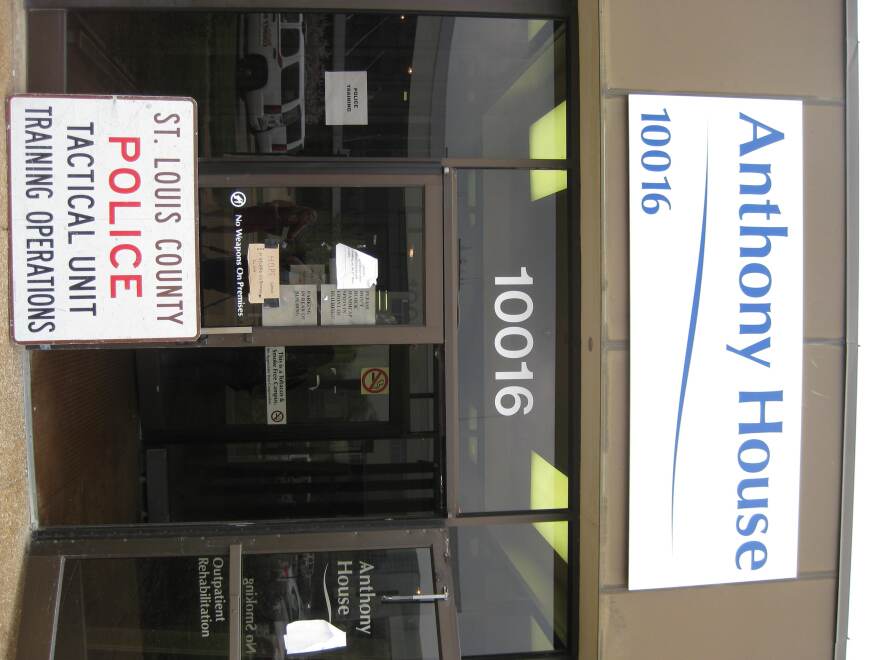How would you react if a gunman entered your workplace?
A group of St. Anthony's Medical Center employees got the chance on Monday to learn what they would do in that situation -- and how to respond so they are more likely to get out alive.
They experienced this through a program called "Run, Hide, Fight." Participants are trained to know when is the best time to do each of those things.
"In the past, this would not have been considered one of our emergency response plans," said Dr. Melissa Stein. As the emergency manager for St. Anthony’s, it’s her job to get the hospital’s 3,700 employees ready to respond to any kind of emergency.
"We were ready for tornadoes, we were even ready for bomb threats. But it has only been within the last five to seven years that we started talking about having an active shooter response. There have been events that have occurred at hospitals outside of the area, so we need to be ready, unfortunately."
About 600 employees will have completed the voluntary training by May 30, Stein said. Pharmacist Rick Tod is one of them.
"My first response [before Monday] probably would be to hide," Tod said. "In this scenario, I hid and then ran. The officers were very good about telling us to look at our environment, to determine whether or not we had an exit plan, where to hide, when to run, when to fight." The training, he said, is applicable "wherever you go, whenever you go out."

St. Louis County police are offering the program in exchange for using the Anthony House, a soon-to-be-demolished building on the medical center's campus, for their tactical training. Over three months, about 1,800 officers from St. Louis County and municipal police departments will go through multi-assault, counter-terrorism action capabilities training, otherwise known as MACTAC.
It's up to Shawn McGuire, a member of the county’s tactical operations unit, to coordinate the training, which is free to local first responders. When the shooting at Columbine High School happened 15 years ago, he said, the first officers to respond secured the perimeter and waited for SWAT to arrive.
"It takes a little bit of time for us to get there, and lives are being lost as that is going in," he said. "So really, our philosophy changed to, 'As quick as our officers can get inside that building and stop those active shots, the better for everybody,'."
The entire St. Louis city police department underwent active shooter training after a January 2010 shooting at the ABB Incorporated complex at Union Blvd. and Interstate 70. A 10-month investigation found that officers did not have the appropriate training or equipment to respond effectively. McGuire said St. Louis County began purchasing high-powered rifles for its patrol cars about two years ago, because "the suspects are bringing those in, so we need to bring those in as well."
This is the fourth year the county is offering MACTAC training. Fire departments are participating this year to learn how to safely get inside and treat victims.
Watch as St. Anthony's employees Jacqueline Casner, Laura Stith and Dawn Wotawa Bennett practice barricading a door to prevent a St. Louis County police officer portraying a gunman from entering.
WARNING: This video, though it is a simulation, may be disturbing to some viewers. Viewer discretion is advised.
Follow Rachel Lippmann on Twitter: @rlippmann





